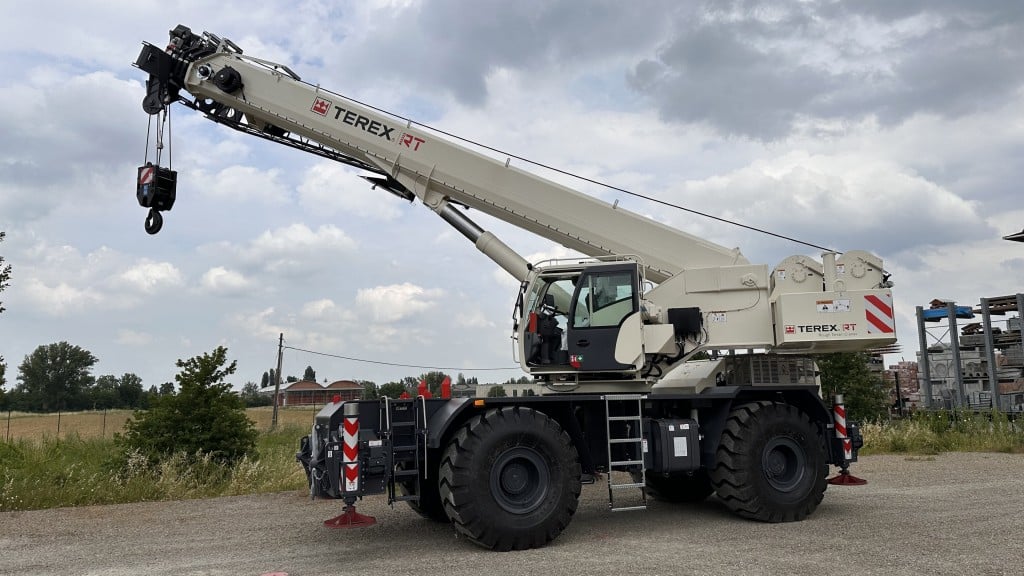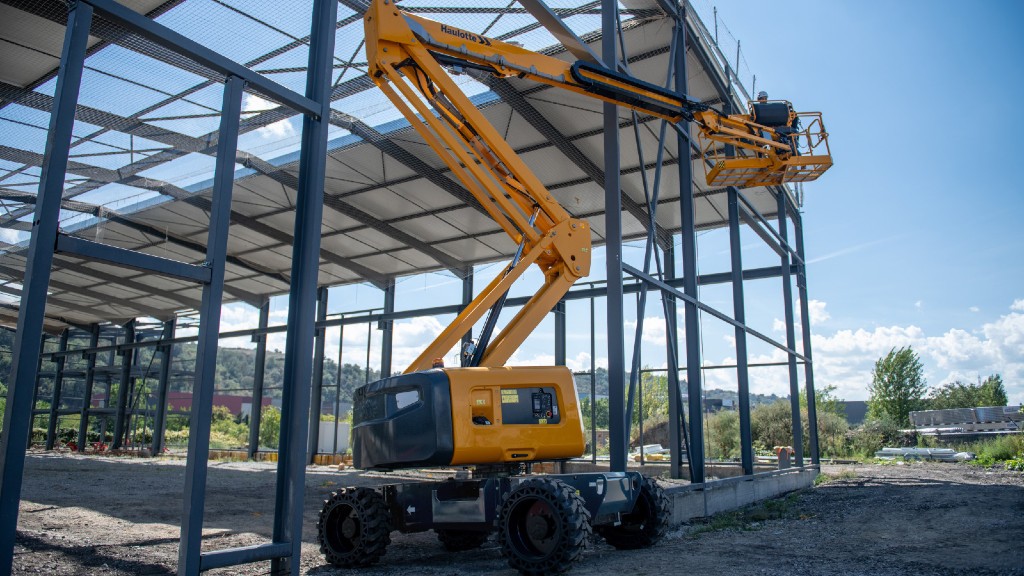
Terex Rough Terrain Cranes has added the TRT 80L rough terrain crane to its lineup. The TRT 80L has a maximum lifting capacity of 80 tonnes and an extended main boom length of 47 metres.
"The TRT 80L has a combination of advanced features and user-centric design that makes it a standout addition to any fleet," said Stefania D'Apoli senior sales support manager of RT cranes. "With an enhanced boom length and self-removable counterweight, it has significantly improved operational efficiency and transportability, enabling it to meet the demands of several applications, including ports, construction, infrastructure, mining, energy, yard logistics, and general lifting."
Terex Rough Terrain Cranes designed the TRT 80L to deliver ideal reach and versatility on the job site. It features a crane width of only three metres, allowing it to be easily transported and moved, even in congested job sites and narrow areas.
The TRT 80L features a self-removable counterweight, helping to simplify logistics and reducing setup time on site. The Powershift permanent 4-wheel drive offers two driving modes to accommodate operator preferences: manual mode (three speeds forward and three speeds reverse) and automatic mode (six speeds forward and three speeds reverse). The extra-wide, tiltable cabin with large glass surfaces enables ideal visibility and comfort.
Equipped with a Cummins 6-cylinder engine, the TRT 80L features an Eco Mode function and anti-stall control. Engine options include the Cummins QSB6.7 Stage IIIA – Tier 3 and Cummins QSB6.7 Stage 5 – Tier 4F, catering to different regional requirements.
The TRT range features the Terex Operating System (TEOS), which improves usability and information flow using a 10-inch colour touchscreen display. Terex T-Link telematics, which provides real-time information on the performance of their crane comes as standard on the TRT 80L, along with anemometer and LED lights. The TRT 80L can be further customized to meet specific needs with a variety of options, including a 9/17 metre jib, radio remote controller, auxiliary winch (matching the performance of the standard winch), and outrigger control from the carrier.



